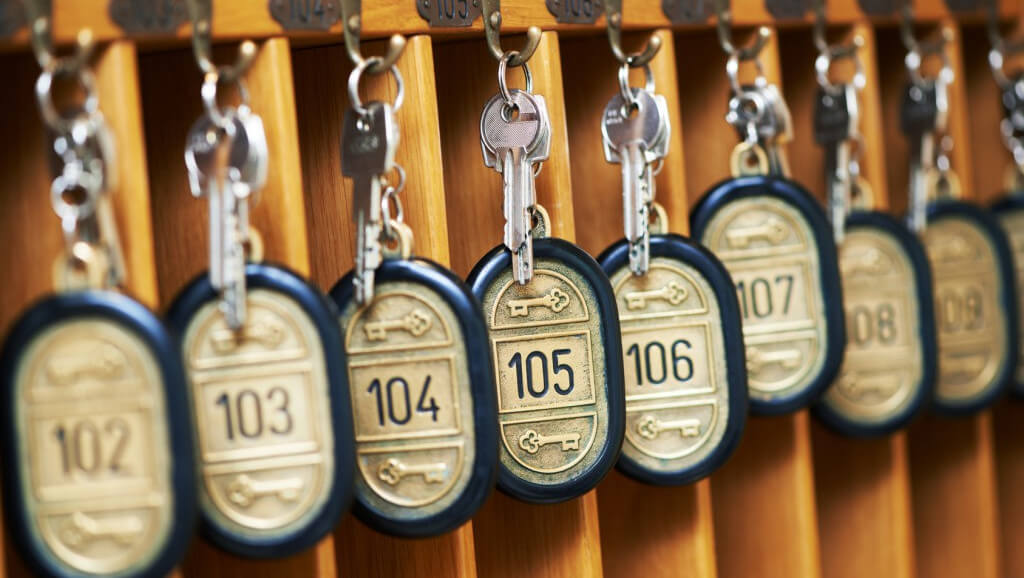
Room inventory management is allocating your property’s room nights evenly without compromising the resulting revenue. If done correctly, it can help you maximise your hotel’s sales and minimise unsold room nights.
NB: This is an article from eZee Absolute
It’s one of the important tasks where the sales and front office staff have to work conjointly, since both departments manage various sources of bookings.
However, I’ve seen many hotels allocate inventory vaguely, without proper analysis. Let me share my experience with you.
Subscribe to our weekly newsletter and stay up to date
I used to work for a well known OTA as a hotel contracting specialist. This involved onboarding accommodation facility providers, updating their saleable room inventory, and running promotions on their listings.
But when asked to share the inventory count, many hoteliers would say random numbers. Budget hotels usually took this kind of approach due to low room count; and filling rooms is a priority than the sources.
Such casual behaviour towards room inventory management by hotels can lead to various problems. Let’s discuss why you should be doing it in the first place.
Why is Room Inventory Management Important?
Room nights are perishable inventory, hence hoteliers have to channelise the sales through various sources like websites, OTAs, social media platforms and offline sales.
To achieve 100% occupancy or at least 60%, the room inventory needs to be distributed strategically. If you under-allocate your rooms on any of the platforms, you tend to lose last-minute bookings from that channel.
On the other hand, if you over-allocate the inventory, you may end up with various sold-out cases in your bucket.
Apart from that, uneven distribution of room inventory will impact your targeted annual revenue, depending on your unsold nights.
How to Distribute Room Inventory of Your Hotel?
Well, now that you know why room inventory management is a vital process in hotels, here are some tips that can help you in doing it effectively.
1. Analyse Sources of Bookings
Begin with gathering information about your hotel’s sources of bookings, both online and offline. Make a list of all the on-ground partners, OTAs, social media pages, and other online channels along with the business they have provided to you.
It’s better if the data is on a day-to-day, MTD, and YTD basis. Once you have the statistics, align them in descending order.
Based on this, you can distribute the inventory to gain maximum business from top providers. But that doesn’t mean you can ignore the other ones that have not performed well.
You can redesign your strategies, work out on offers, and approach those platforms in a new way.
2. Check Performance On OTAs
Here are some statistics from Statista on OTAs’ contribution to the hospitality industry that are sure to blow your minds:




